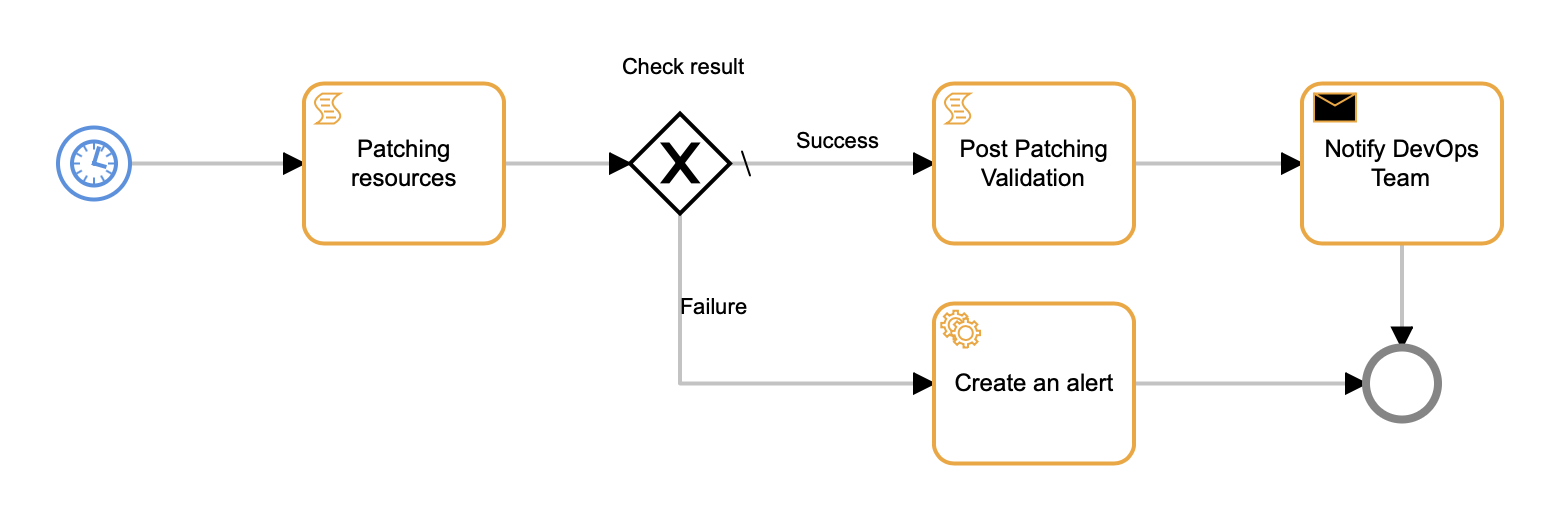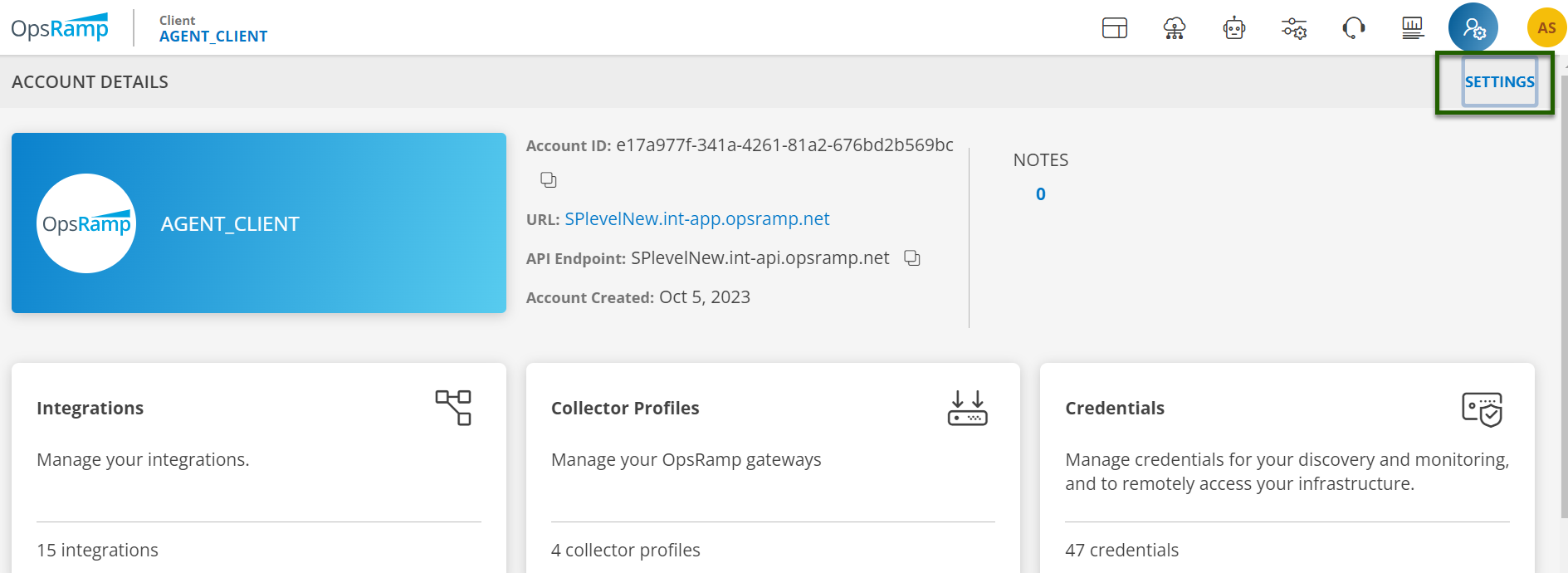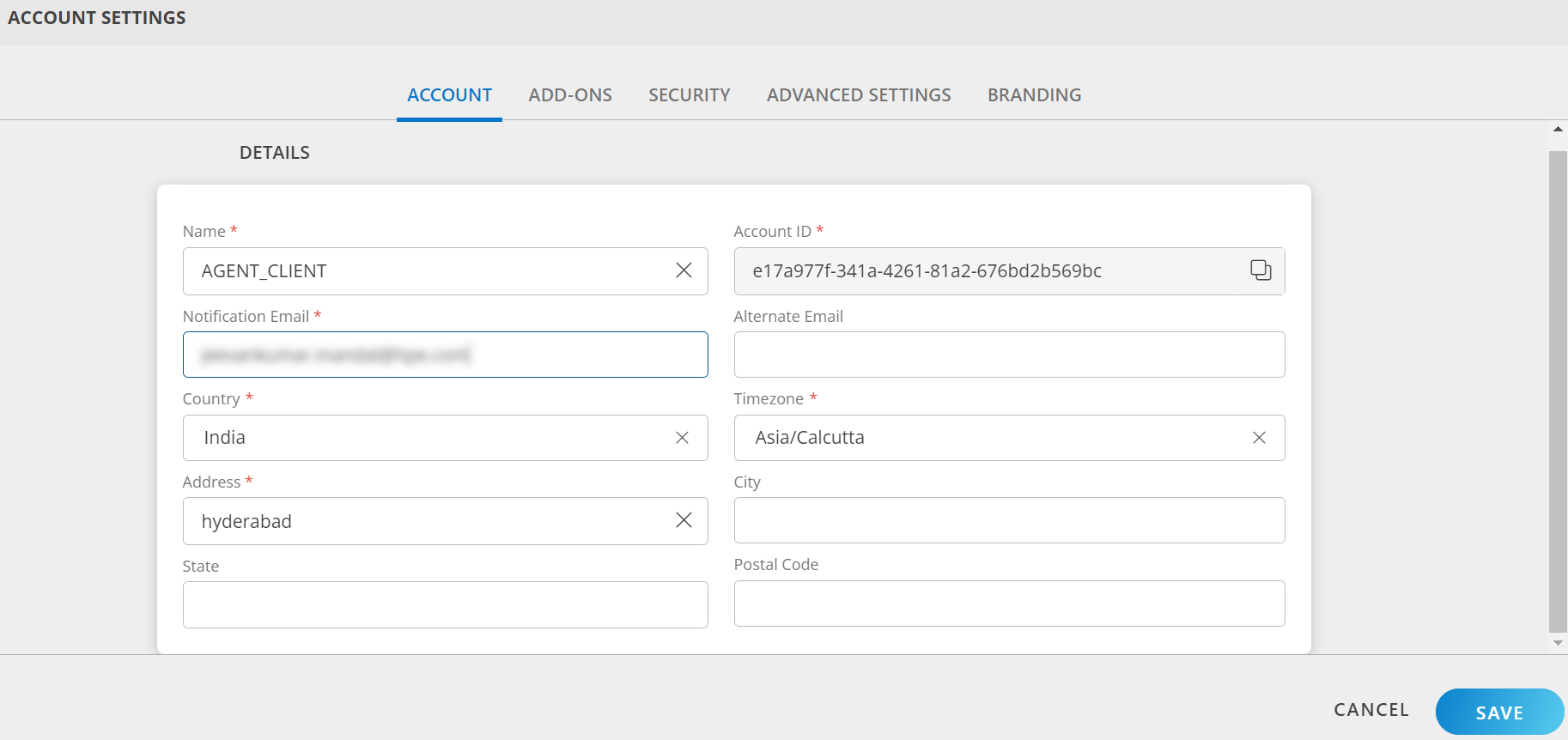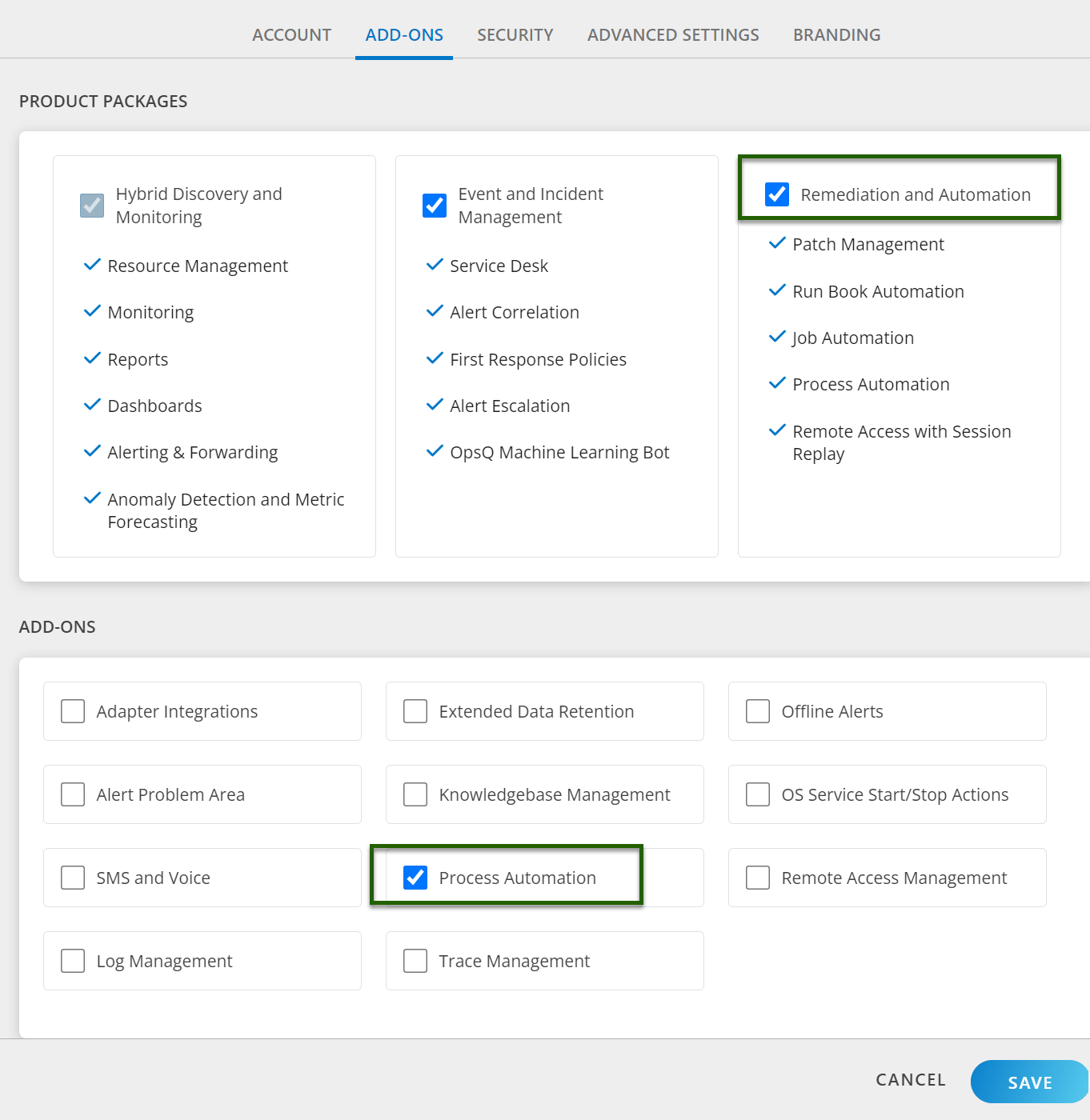Introduction to Process Definition
Process definition permits you to define a sequence of tasks to run automatically. Starting with a triggering event such as a timer, signal, or a generic start event, you can describe sequential tasks in a workflow that handles the event. As an example, the following process definition and deployment tutorial describes an automated process that periodically checks patching requirements, applies and validates the patch, and sends an email notification to DevOps:

The process definition user interface (UI) provides drag-and-drop functionality to visually define the workflow. Key workflow visualization components include:
- start and stop events, or states
- tasks to process the event and produce data for downstream processing
- gateways as decision points in event processing
- connectors to connect events, tasks, and gateways
Each component class is typed according to the kind of action it performs, with properties for customizing the workflow to meet automation and remediation requirements. The UI provides a rich set of operations to create and edit workflows.
Note
Process won’t trigger on Scheduled Maintenance, Correlated, Obsolete, and Observed alerts for Alert Signal Start events.Limitations of Process Definition
The following are some limitations in process definition execution to avoid loops:
- We can not invoke Process Definition on entities that are created or updated by Process.
- If the user configured any loop within the Process Definition, as shown in the figure below. We added a restriction at the Task Level and a particular task will invoke only 5 times, if the same task comes to execution for the 6th time, stopping the process. The terminated process will appear in Completed Instances by selecting the Externally Terminated filter.

To start, set up and enable the client for automation and remediation.
Limitations of Incident Signal Event
OpsRamp platform currently does not support “Bulk Update” operations within process automation.
This means that, if you configure “Update Incident” criteria in process automation for the signal start event, the incident type signal event will function and trigger the process. However, if incident is updated from Service Desk > Bulk Update, it will not trigger the process.
Limitations of Script
Whenever a user adds or updates a script parameter from the Automation > Script section, make sure to update the associated processes configured with this script as well. If you missed this step, the process will use the previous script configuration.
Set up the Process Definition
To automate activities using process definition, the partner needs to enable the Remediation and Automation product package for the client. If the client tries to use process definition and the partner is not subscribed to the package or the package is not enabled, the UI displays an error message:
Access Denied! This Partner is not subscribed for this product package.
When you create a client, select the Remediation and Automation package in the Product Package creation step to enable process automation.
If the client is already set up but does not have Remediation and Automation enabled,
- Login to OpsRamp portal.
- From All Clients, select a client.
- Navigate to Setup > Accounts. The Account Details page will appear.
- On the right side of the Account Details page, click Settings.

- In the Account Setting page, enter the basic details:
| Field Name | Description | Field Type |
|---|---|---|
| Name | Enter the client name. | Text |
| Account ID | Account id is default. | Text |
| Notification Email | Enter the email id to receive notifications. | Text |
| Alternate Email | Enter the alternate email, if you have (optional). | Text |
| Country | Select the contry from the dropdown list. | dropdown |
| Timezone | Select your Timezone from the dropdown list. | dropdown |
| Address | Enter the address. | Text |
| City/State/Postal Code | Enter the city name, state, and postal code (optional). | Text |

After filled all the required details, click Save.
Next, click the Add-Ons tab.
- From Prodcut Package: Select the Remediation and Automation package.
- From Add-Ons: Select Process Automation.
Note
OpsRamp Process Automation is designed to execute all accessible tasks with elevated privileges, ensuring seamless automation. To create process automation definitions, you need to be aware that incidents, alerts, resources, etc., and all other dependent access are integral to the automation process.
Click Save.

To verify that process definition is enabled for the client, navigate to Automation > Process Automation > Process Definitions. If successfully enabled, the Process Definitions page permits you to create a new process, edit an existing process, and use advanced functions to manage the process definitions.
Supported Category in Process Definition
Following are the Category supported in process definition:
- Automation
- Patch Management
- Network Configuration
Next Steps
After you have enabled the Remediation and Automation package for the client, you can perform the following process definition activity:
Refer to the Process Definitions Overview Page to get details of created process.
Refer to the User Interface Elements section to learn more about the options available at each step of the process definition creation process.
Refer to the Process Definition Reference section for more information on process definition components and configuring component properties.